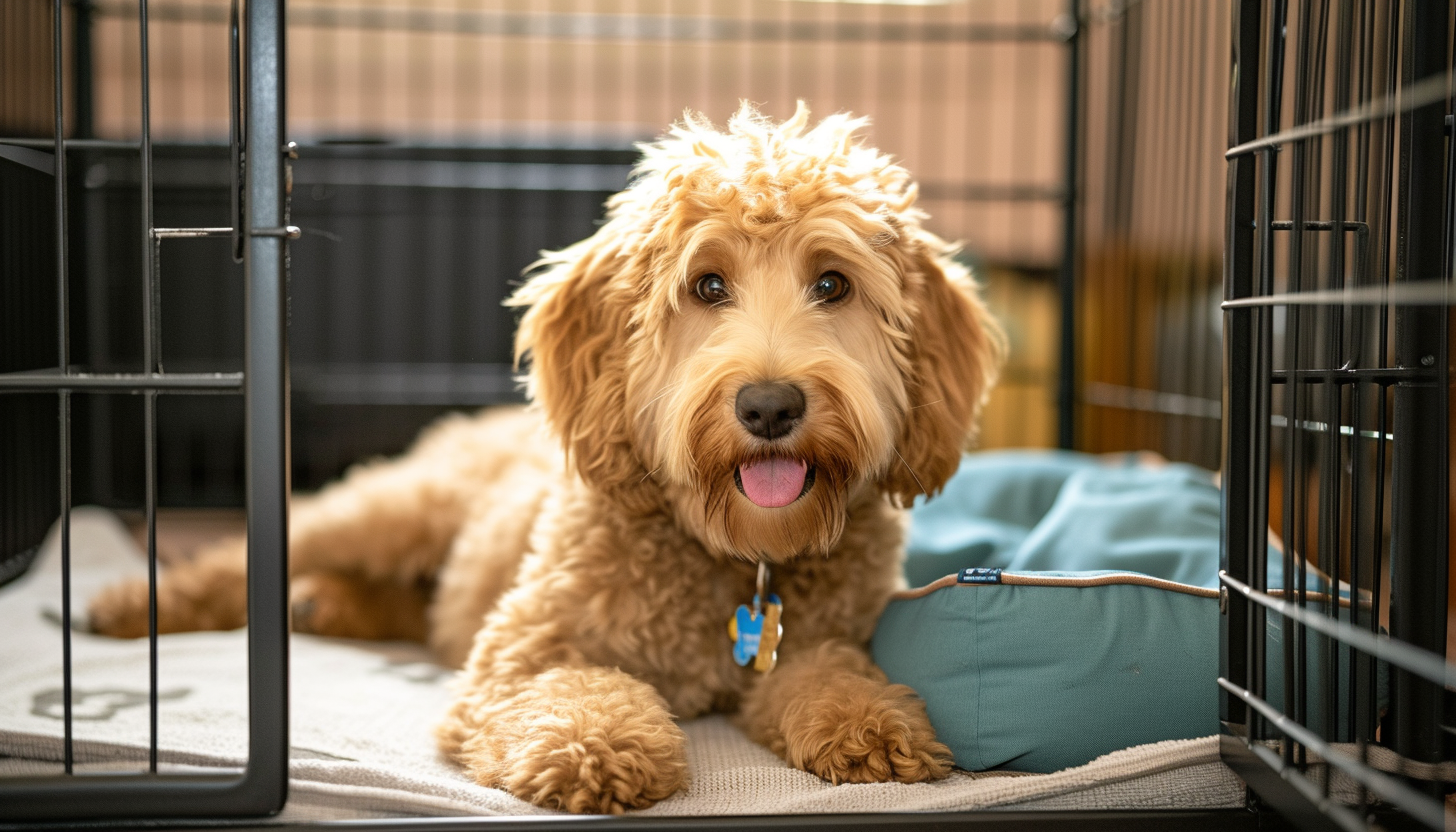Crate training is an essential part of raising a well-behaved dog or puppy. It not only helps with housetraining but also provides your pet with a safe, secure space they can call their own. This guide will walk you through the key steps to successfully crate train your puppy, ensuring a positive experience for both you and your pet.
Why Crate Train Your Puppy?
Crate training is beneficial for several reasons:
- Safety: A crate provides a safe space for your puppy when you cannot supervise them, preventing them from chewing on dangerous objects or getting into trouble around the house.
- Comfort: Dogs are naturally den animals. A crate can offer them a cozy, enclosed space that makes them feel secure.
- Housebreaking: Crate training is highly effective for housebreaking. Puppies generally avoid soiling their sleeping area, which helps teach them to hold their bladder until they are let outside.
Steps to Crate Train Your Puppy
- Choose the Right Crate: Select a crate that is large enough for your puppy to stand up, turn around, and lie down comfortably. For growing puppies, consider a crate with a divider so you can adjust the size as your puppy grows. Learn more about choosing the right crate here (American Kennel Club).
- Introduce the Crate Gradually: Place the crate in a central location where your puppy can explore it at their own pace. Keep the door open and encourage them to enter by placing treats inside. Praise your puppy when they enter the crate voluntarily (Great Pet Care).
- Make the Crate a Positive Space: Feed your puppy’s meals in the crate to create a positive association. Start with the food bowl just inside the door, then gradually move it further inside the crate with each meal. This will help your puppy feel comfortable going inside (AllThingsDogs).
- Close the Door Slowly: Once your puppy is comfortable eating in the crate, try closing the door for short periods. Begin by closing the door while they eat and gradually extend the time the door remains closed. Stay nearby at first, then gradually increase the distance and time as your puppy adjusts (Great Pet Care).
- Extend Crate Time: After your puppy becomes accustomed to spending time in the crate, start placing them inside for naps or short periods when you’re home. Always use positive reinforcement, like treats or praise, to reward calm behavior in the crate (AllThingsDogs) (Great Pet Care).
- Crate Training at Night: Place the crate in your bedroom initially so your puppy feels secure at night. Gradually move it further away as they become more comfortable. Be prepared for midnight bathroom breaks during the first few weeks of crate training (AllThingsDogs).
Helpful Resources
To see crate training in action and get additional tips, you might find these resources helpful:
- YouTube Crate Training Guide: A step-by-step video guide on crate training your puppy.
Trust Europe To UK Pet Taxi
Crate training is crucial for ensuring your puppy feels secure and comfortable during travel. When you choose Europe To UK Pet Taxi, you can trust that your pet’s needs are our top priority. Our luxury pet transport services ensure a smooth and stress-free journey for your pet. We manage all aspects of pet travel, from regulatory compliance to personalized care.
To learn more about our services or to get a personalized quote, please get a quote now. For additional reading, explore our articles on Preparing Your Pet for Travel and Luxury Pet Taxi from Paris to London. With proper crate training, your pet will enjoy a comfortable and safe journey with us.


